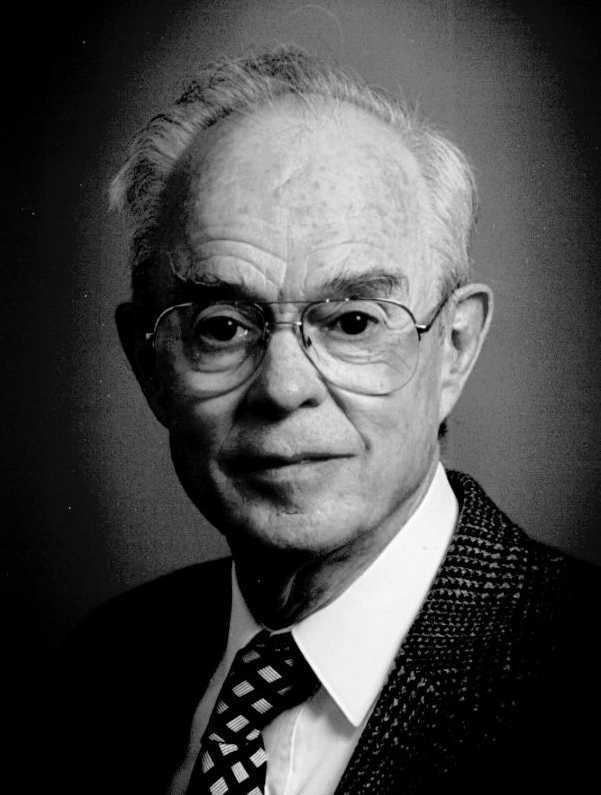Residence United States Name Eugene Parker Positions Basketball positions Weight 79 kg | Fields astrophysicist Height 1.85 m Nationality American Role Sports agent | |
 | ||
Born June 10, 1927 (age 98) ( 1927-06-10 ) Alma mater Michigan State UniversityCaltech Known for Parker spiral solar magnetic field shape Education Valparaiso University, Purdue University Similar People Leo Tolstoy, Mother Teresa, Joel Osteen, Charlie Ward, Barack Obama | ||
Fort wayne sports heritage eugene parker
Eugene N. Parker (born June 10, 1927) is an American solar astrophysicist who—in the mid-1950s—developed the theory of the supersonic solar wind and predicted the Parker spiral shape of the solar magnetic field in the outer solar system. In 1987, Parker proposed that the solar corona might be heated by myriad tiny "nanoflares", miniature brightenings resembling solar flares that would occur all over the surface of the Sun.
Contents
- Fort wayne sports heritage eugene parker
- 28 ideas in 28 days eugene parker
- Biography
- Hypotheses
- Honors
- Books
- References

Parker spent four years at the University of Utah and has been at the University of Chicago since 1955, where he has held positions in the physics department, the astronomy and astrophysics department, and the Enrico Fermi Institute. Parker was elected to the National Academy of Sciences in 1967. In 2017, NASA renamed its Solar Probe Plus to Parker Solar Probe in his honor, marking the first time NASA had named a spacecraft after a living person.
28 ideas in 28 days eugene parker
Biography
Parker received his B.S. degree in physics from Michigan State University in 1948 and Ph.D. from Caltech in 1951. Parker spent four years at the University of Utah and has been at the University of Chicago since 1955, where he has held positions in the physics department, the astronomy and astrophysics department, and the Enrico Fermi Institute. Parker was elected to the National Academy of Sciences in 1967.
Hypotheses
In the mid-1950s Parker developed the theory on the supersonic solar wind and predicted the Parker spiral shape of the solar magnetic field in the outer solar system. His theoretical modeling was not immediately accepted by the astronomical community. In fact, when he submitted the results to the Astrophysical Journal, two reviewers rejected it. The editor of the Astrophysical Journal, Subrahmanyan Chandrasekhar, overruled the reviewers and published the paper. His models were resoundingly verified by satellite observations a few years later in the early 1960s. His work has greatly increased understanding of the solar corona, the solar wind, the magnetic fields of both the Earth and the Sun, and their complex electromagnetic interactions. His books, especially Cosmical Magnetic Fields, have educated generations of investigators. His most recent book includes the effects of magnetic fields of planets, stars, and galaxies on X-ray emissions. In 1987, Parker proposed that the solar corona might be heated by myriad tiny "nanoflares", miniature brightenings resembling solar flares that would occur all over the surface of the Sun.
